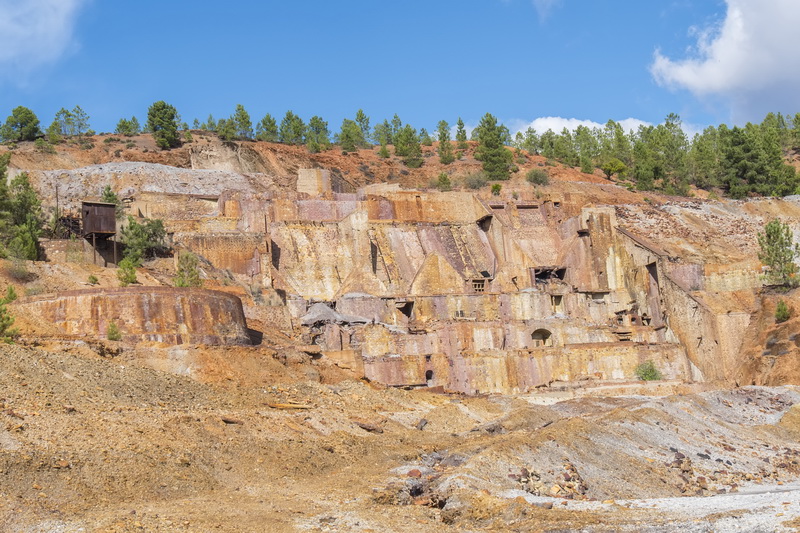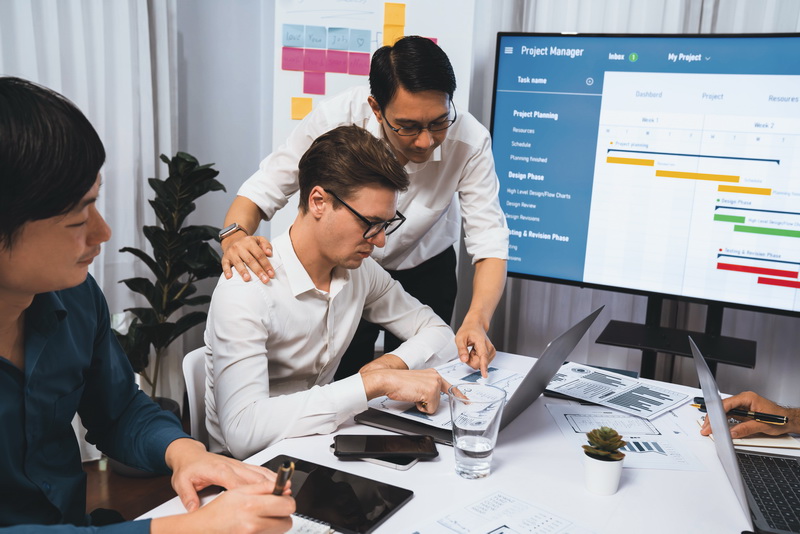Home » Gas and Liquid Flow Measurement and Custody Transfer
Gas and Liquid Flow Measurement and Custody Transfer
February 24, 2015
Jadwal Pelatihan Gas and Liquid Flow Measurement and Custody Transfer
| Tanggal | Tempat | Kota | | Belum ada jadwal terbaru |
Instructor by : I Nengah Diasta
INTRODUCTION
Transportation companies—the ones who own the tankers, railroad cars, or pipelines—also get paid for the amount of materials they move. Companies that push oil or gas through pipelines, for example, may operate on slim margins, so they want to know exactly how much of the oil or gas transported is involved. In addition, greenhouse gas emissions and CO2 trading are emerging applications, where accurate Flow Measurement is needed.Hence, Custody Transfer defines the point at which ownership changes hands for the product being measured.
The custody transfer system must generate detailed and indisputable cargo reports, based on accurate flow measurements and calculations.
What makes custody transfer unique among flow-meter applications is that money changes hands and that accuracy requirements are higher than they are for most other applications. Hence, Custody transfer systems are more than just flow-meters and they represent a combination of highly engineered flow measurement systems for the intended application.Custody transfer metering requires exceptional accuracy, repeatability, and auditable values.
OBJECTIVES
- This course introduces participants to a variety of flow measurement technologies and systems that are used custody transfer applications, and gain an understanding about how measurement systems can work properly and accurately
- These include differential pressure (DP) measurement, turbine meters, positive displacement meters, Coriolis flow measurement, Magnetic and ultrasonic flow measurement
- Participants will gain the ability to determine if a metering system is adequate for the purpose, select appropriate systems and identify potential problems
- Other key learning objectives of this seminar include the understanding of the principles and applications of Multiple meters/meter runs, Flow computers, Quality systems, Calibration, Meter Runs, Proving and Supporting Automation
- Participants will also have a sound understanding of relevant fluid Laws that are needed for the use of flow measurement devices.
OUTLINE MATERI Training Gas and Liquid Flow Measurement and Custody Transfer
1. Basic Fluid and Gas Laws
- Pressure
- Flow Volume
- Continuity Principle
- Energy Law (Bernoulli’s Equation)
- Pressure Change Equation
- Flow Configurations (Flow Profiles)
- Laminar Flow
- Turbulent Flow
- Reynold’s Number
- Flow Losses (Friction Losses)
- Viscosity
- Ideal Gases
- Gas Laws, Boyle’s Law, Charles’s Law, Gay-Lussac’s Law
2. General Characteristics and Performance of Flow-Meters
- System Characteristics
- Flow range and viscosity range
- Performance
- Accuracy
- Stability and Repeatability
- Sensitivity
- Noise
- Linearity
- Reliability
- Applications and Usage
- Sizing
- Calibration
3. Types and Applications of Flow-Meters
a. Differential Pressure (DP) Flow Meters
- Types; Orifice plates, Venturi tubes, flow nozzles, averaging Pitot tubes
- Systems, Operating Principle, Performance, Properties, Characteristics, Uses and Applications, Installation, Calibration
- Standard AGA3
b. Positive Displacement (PD) Flow Meters
- Types; Rotor, Oscillating Piston, Oval Gear, Rotating Paddle
- Slippage, Volume displacement
- Systems, Operating Principle, Performance, Properties, Characteristics, Uses and Applications, Installation, Calibration
c. Turbine Flow Meters
- Types; Conventional and Helical
- Problems with Erosion, corrosion, Cavitation and Obstructions
- Systems, Operating Principle, Performance, Properties, Characteristics, Uses and Applications, Installation, Calibration
- Standard AGA7
- Systems, Operating Principle, Performance, Properties, Characteristics, Uses and Applications, Installation, Calibration
- Straight run requirement
- Standard AGA 9
- Systems, Operating Principle, Performance, Properties, Characteristics, Uses and Applications, Installation, Calibration
- Systems, Operating Principle, Performance, Properties, Characteristics, Uses and Applications, Installation, Calibration
- Standard AGA 11
4. Types and Applications of Flow-Meters (Cont’d)
- Ultrasonic Flow Meters
- Magnetic Flow Meters
- Coriolis Flow Meters
5. Flow Measurement systems and other considerations
- Meter Factor
- Meter Runs
- Proving Systems; Direct, Indirect, Master Meter, Volume, Displacement
- Time Delay
- Quality Systems (Gas Chromatographs and Sampling Systems)
- Custody Transfer Skids
- Flow Computers and Communication
- Temperature and Pressure Measurements
PARTICIPANT
- Mechanical Engineers
- Process Engineers
- Chemical Engineers
- Instrumentation Engineers/ Metering Engineers
- Production Engineers
- Reservoir Engineers
- Valve Technicians
- Measurement Superintendent
- Custody Technicians
- Design Engineers
- Hydrocarbon Accountant
- Regulators (Government Agencies
- Metering System Suppliers
METODE TRAINING
Presentation
Discussion
Case Study
Evaluation
FACILITYS
Training Kit
Handout
Certificate
Lunch
2 X Coffee Break
Souvenir
TRAINING FEE for Gas and Liquid Flow Measurement and Custody Transfer
Rp 8.000.000,- / participant / Non residential






